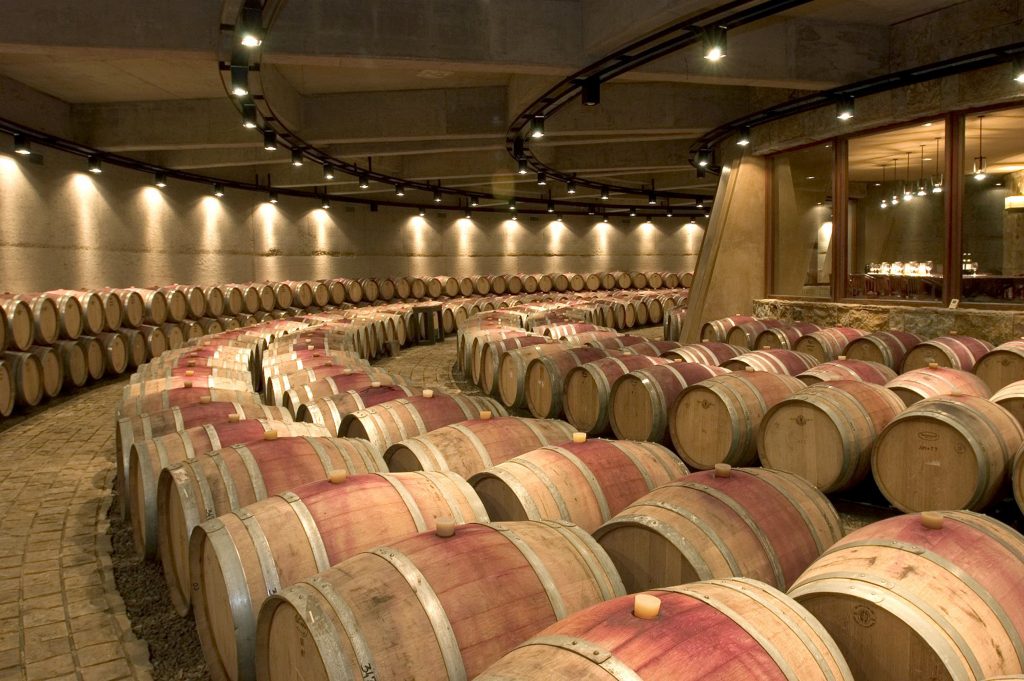Oak is an attractive taste that connotes quality in wines. How to recognise it on the palate and which wines to drink to discover its taste.
Good wine is fruity. However, there are also fruity wines which smell and taste of oak. Whether it´s red or white. The important thing is that the oak line provides a known and comforting flavour, like vanilla, caramel and certain traces of smoke which gives distinction to the wine. But how did it get there?
The oak flavour is the result of a process in winemaking. In fact, strictly speaking it is a secondary result of a process, but for consumers the taste is more important than the process itself. We shall explain: wine, red or white, is aged in oak barrels as a way to stabilise it and make it live longer. The oak provides, among other things, big tannins, giving volume, and simultaneously performs a complex job of oxidation which ends with chemical changes in the wine.
The taste of oak
For the consumer, however, the important thing is something else. Oak has aromas. And in pro-longed contact, six months or more, these aromas are taken on by the wine and then perceived as a desirable flavour. For example, in a typical aged Chardonnay one can detect hints of caramel, whis-key, vanilla, hazelnuts and chestnuts. While in reds, traces of vanilla, smoke, cedar and sandalwood. All nice and recognisable aromas, as they are more familiar to people, than for example, tinder or cassis which can also be seen in some reds.
Beyond the taste, the wood gives the wine body and structure. And that is also detectable by the palate of a drinker. So, a Malbec aged in oak, presents more volume and fleshiness, in respect to one which hasn’t been aged. Thus, the addition of pleasant aromas and flavours, and a more substantial palate transforms the aged wines into delicious products. But how do you recognise that in a closed bottle?
How do you recognise a wine with oak?
In our market, the indicator of excellence of flavour and texture of oak are the terms Reserve or Gran Reserve. The former, are whites that have been at least 6 months in barrels or 12 for reds; while the Gran Reserve implies 12 months minimum for whites and 24 for reds.
The difference in intensity in the taste of the oak depends on many factors. First, whether the barrels used, were new or not. The new ones have all the aromas to give the wine, while those with one, two or three uses have less aromas to give. The same happens with the smoky notes, which are marked in young toasted barrels and almost nonexistent in used ones. So there may be a reserve wine that does not have a strong imprint of oak.
However, there are wines that smell and taste of oak that were not necessarily aged in barrels. Those are the ones that, on the label, carry some nickname of oak or wood, but not the words Reserve or Gran Reserve. In short, they are the wines where oak chips or staves of wood were used during maceration – strips of wood – basically to get the taste and not the stability. Clearly, they are more accessible.
From the point of view of the consumer they are perfect: they offer the taste you want and at a good price. The downside, is that these wines cannot be stored. And there are not always such clear boundaries between wines that have been produced using chips and those that spent time in barrels.
Source: Vinómanos



